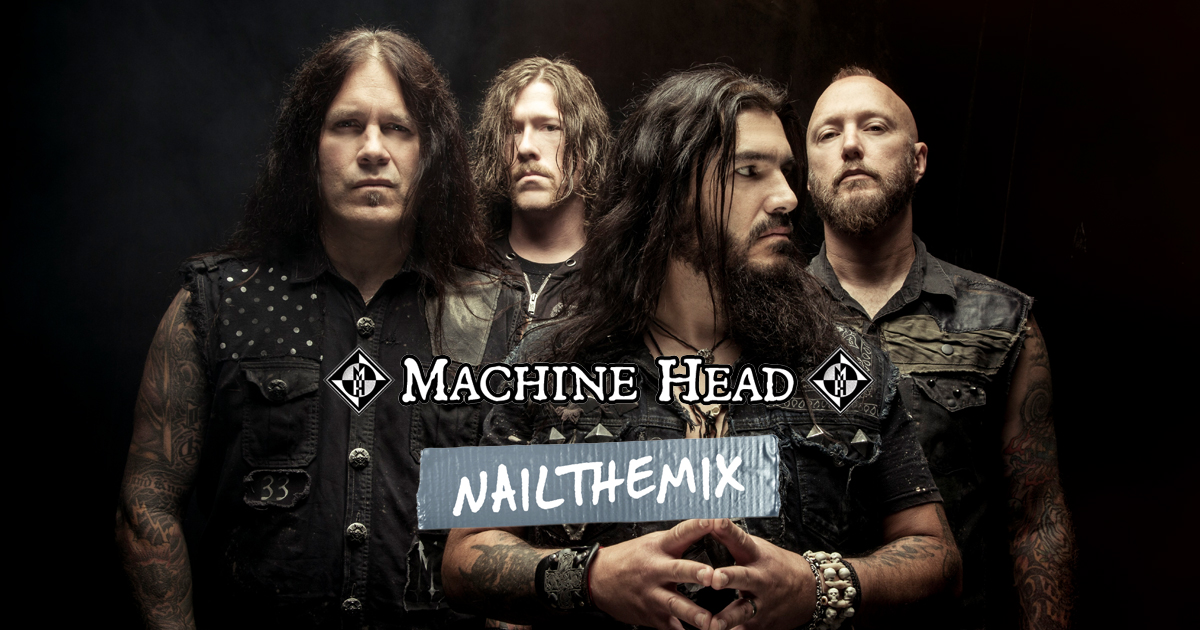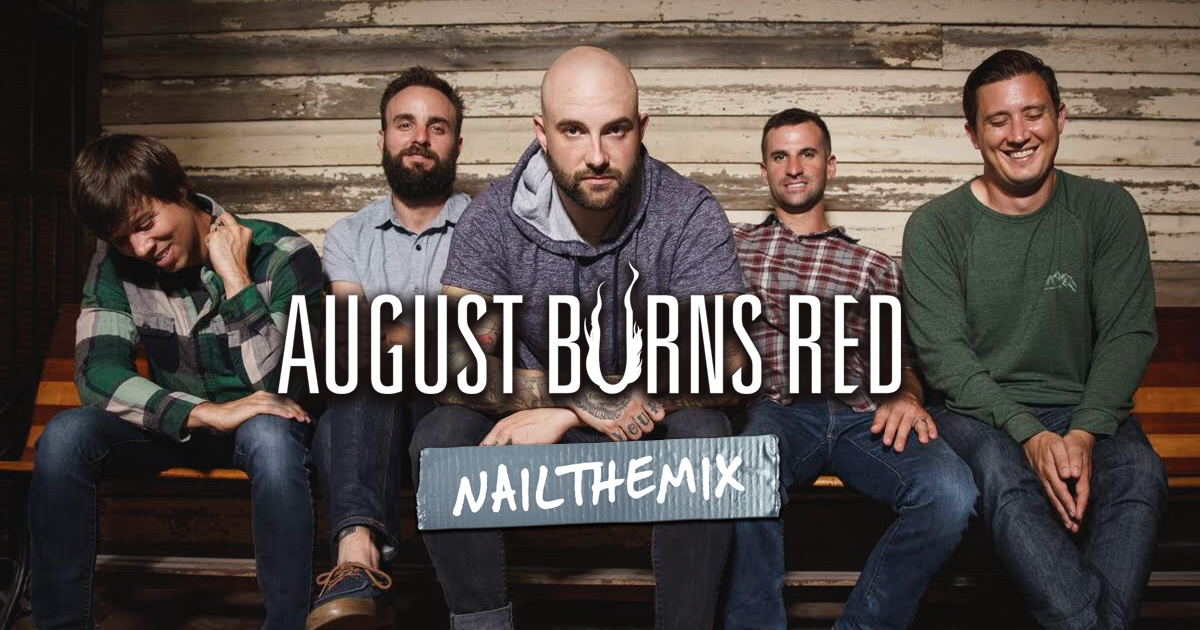
Mixing Fall Out Boy’s Layered Guitar Tones with Sean O’Keefe
Nail The Mix Staff
When you think of a Fall Out Boy track, Patrick Stump’s iconic vocals are probably the first thing that comes to mind. But listen closer to a song like “Lake Effect Kid,” and you’ll find a ton of interesting stuff happening in the guitars. From intricate rhythms to layered tones and leads, the guitars provide a critical dynamic backbone. The challenge? Making them pop without overpowering the vocals.
We got to see exactly how legendary producer and mixer Sean O’Keefe tackled this challenge in his Nail The Mix session. His approach isn’t about crazy processing chains or surgical EQs. Instead, it’s about smart, subtle moves that enhance what’s already there—a masterclass in making well-recorded guitars sit perfectly in a dense pop-punk mix.
The Foundation: Starting with the Chorus Rhythms
Sean kicks things off with the main rhythm guitars in the chorus. His philosophy is simple: if the source tone recorded is great, don’t fix what isn’t broken. He loads them up and listens in the context of the drums and bass, focusing on making them work together rather than obsessing over them in solo.
The Go-To Guitar Bus EQ
Right off the bat, Sean’s template loads a Neve EQ plugin on his main guitar bus. The most crucial part of this is a move he uses consistently: engaging the high-pass filter at 160 Hz.
Now, this isn’t just any high-pass. As Sean explains, the filter on this particular Neve emulation isn’t a sharp, sterile cut. It has a slight resonant bump just below the cutoff point. The effect is twofold:
- It cleans up the unnecessary low-end “garbage” and mud that can make guitars clash with the bass and kick drum.
- The resonant bump adds back a bit of power and tightens up the low end in a very musical way.
This one simple move instantly cleans up the mix and gives the guitars a solid foundation to sit on. It’s a perfect example of how strategic equalization can shape a tone without aggressive carving.
Adding Vibe with Saturation
With the EQ providing a solid base, Sean adds another key plugin to the bus: the Crane Song Phoenix. He doesn’t crank it or use it for heavy distortion. Instead, he simply pops it in and finds that it adds a certain “cool” character and vibe. This kind of harmonic saturation can bring out overtones that help the guitars cut through on smaller speakers and adds a level of polish that makes them feel more finished and exciting.
The “Don’t Overthink It” Philosophy
One of the biggest takeaways from Sean’s approach is his resistance to over-processing. While many producers might immediately reach for an EQ to start notching out frequencies, Sean finds that the chorus guitars just… work.
He warns against the “slippery slope” of notching guitars. It’s a familiar trap: you hear one ringing frequency and cut it. Then you hear another, and another. Before you know it, you’ve carved the life out of your tone. For heavier, more modern metal, surgical notching can be necessary, but for a track like this, trusting the well-recorded source tone and focusing on the bigger picture is far more effective.
Giving Verse Guitars Their Own Attitude
Of course, not all guitars in a song serve the same purpose. Moving to the verse guitars—which have a different performance and feel—Sean notes that they need a bit more “love” and “attitude” to stand out.
Pushing the Tone Forward
To make the verse guitars pop, he starts by copying the same Crane Song Phoenix plugin over to maintain a consistent vibe. From there, he applies more targeted EQ to “push” them. This isn’t about fixing problems but about adding character and helping them occupy their own space in the arrangement, creating a dynamic lift from the other sections.
He also considers adding a touch of reverb. While he admits he rarely uses reverb on rhythm guitars, a very subtle send to a general plate or hall can give the part a little depth and help it blend seamlessly into the mix. It’s a “take it or leave it” move, but in this case, it adds a finishing touch that helps the verse guitars feel distinct.
Bringing It All Together
Sean O’Keefe’s approach to mixing Fall Out Boy’s guitars is a lesson in intentionality. It’s not about an endless plugin chain; it’s about making smart, simple moves that serve the song.
To recap his core techniques:
- Start with a foundational bus EQ: Use a musical high-pass filter like the one on the Neve to clean up mud while tightening the low end.
- Add character with saturation: A plugin like the Crane Song Phoenix can add vibe and polish without fundamentally changing the tone.
- Trust the source: If a guitar is recorded well, resist the urge to over-process it with endless EQ notches.
- Treat sections differently: Give verse and chorus guitars unique treatments to add dynamics and interest to the song.
These are the kinds of pro-level insights that can elevate your mixes from good to great. But reading about them is one thing—seeing them applied in real-time is another.
Fall Out Boy on Nail The Mix
Sean O'Keefe mixes "Lake Effect Kid"
Get the Session
With Nail The Mix, you can watch world-class producers like Sean O’Keefe mix massive songs from scratch. You get to be a fly on the wall for every decision, from initial gain staging to final automation. Even better, you can get your hands on the full multitrack session for “Lake Effect Kid” and try these techniques for yourself. See how that Neve EQ trick works on Sean’s actual guitar bus, or experiment with your own saturation plugins on Patrick Stump’s guitar tracks.
If you’re ready to move beyond presets and learn how the pros truly craft their sound, check out the full Fall Out Boy mixing session with Sean O’Keefe and get access to our A-list community, exclusive tutorials, and so much more.






